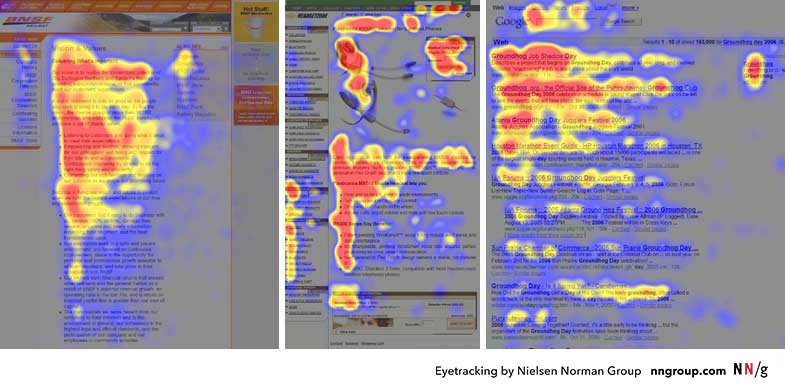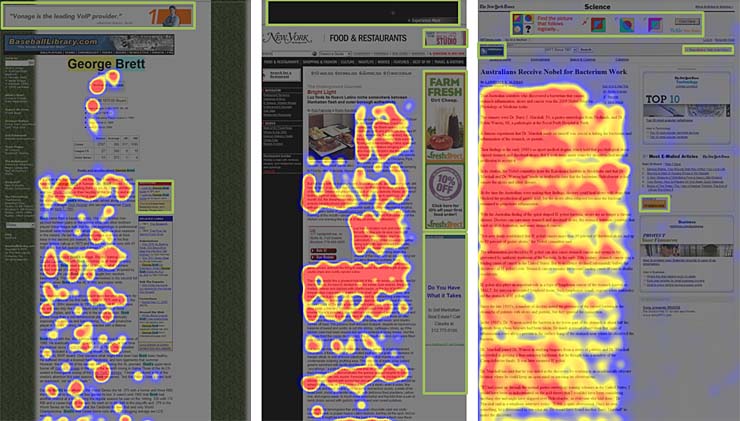Above the fold (ATF) inventory has always been in high demand and at a premium. Advertisers want to ensure that their brand creatives are highly visible, located front and center when a visitor lands on a page. It’s assumed that these high visibility slots will also pay high CPMs (Cost Per Thousand), and publishers are often eager to stuff their pages with above the fold inventory in an effort to capture those high CPMs. But are all above the fold slots created equal? Are ATF slots the only way to ensure high CPMs? And are the ads even being seen?
If we want to understand how a publisher can yield the most revenue from their site while still delivering a satisfying user experience, it’s important to understand how visitors consume content on a page. This is especially relevant with the modern, long scroll layouts of many web pages. If most visitors scroll – and expect to scroll – why are we front-loading all of our pages with above the fold ads? We also need to determine whether below the fold (BTF) ads can out perform.
The first step is to figure out how a typical web page is viewed. According to eye-tracking studies by the Nielsen Norman Group, readers scan through a page in an F-shaped pattern, predominantly from left to right, and far beyond the fold.

Source: Nielsen Norman Group
As for whether or not ads are being seen at all, Nielsen Norman continued with research applying the eye-tracking technology to a study of ad blindness. The study tracked eye-movement over webpages that contained ad banners and the results showed that ad banners were completely ignored.

Source: Nielsen Norman Group
If this study shows that the ads placed on the page are not getting even a cursory glance, despite being placed immediately adjacent to the content of the page, how can we conclude that the web is an effective medium for advertising?
Currently advertisers pay publishers to be on their pages, often not only paying by the ad impression, but also in some cases by clicks. Because banner blindness has been documented by groups like Nielsen Norman, advertisers have smartened up in recent years and now use third party verification vendors like Moat or IAS to help them ensure that their ads are:
- Viewed
- Present on brand safe pages
- Less exposed to the fraudulent practices that are being used to get ads seen (because clearly being in the viewport is not enough)
To date, the simple, and incorrect, solution for advertisers to make ads more effective is to place their creatives in highly visible places on the page. This means that advertisers push to have ads placed above the fold and forced into the viewport via techniques like popups, or by creating movement or sound.
This is generally in opposition to how publishers want to design their sites. Publishers want ads on their site so that they can generate revenue from the content that they produce. Publishers want to be able to present their content so that readers will return to the website, and by doing so create a sustainable business. Publishers have no desire to use popups or videos that will distract from the main content of the page. There is clearly a disconnect between advertisers and publishers and what each party is trying to achieve from online advertising.
How to optimize your site
The best practices described by Google suggest placing ads in-line and along the viewing paths of readers as we’ve shown with our heatmaps above.
If ads are already being placed in locations that are viewed and clicked on by viewers, what can you do to generate more ad revenue on your site? One option is to use header bidding to lift CPMs. While header bidding is not a perfect solution, it can provide great returns with only a couple of side effects.
We’ve also previously studied the effects of color on AdSense performance. We found that when we were able to control the look of the ads being served, we could increase the overall ad performance by relating the colors of the ads to the theme of the website.
Further optimizing the size of the ad unit to match your content can also make a difference. We’ve seen (and so have others) that medium-sized ads can be more easily inserted inline. There is also an ample supply of medium-sized creatives, keeping the impressions fresh. This directly influences, and can increase, the revenue that that ad space can generate over time.
All of these techniques can lead to a much more sustainable and profitable relationship between advertiser and publisher.